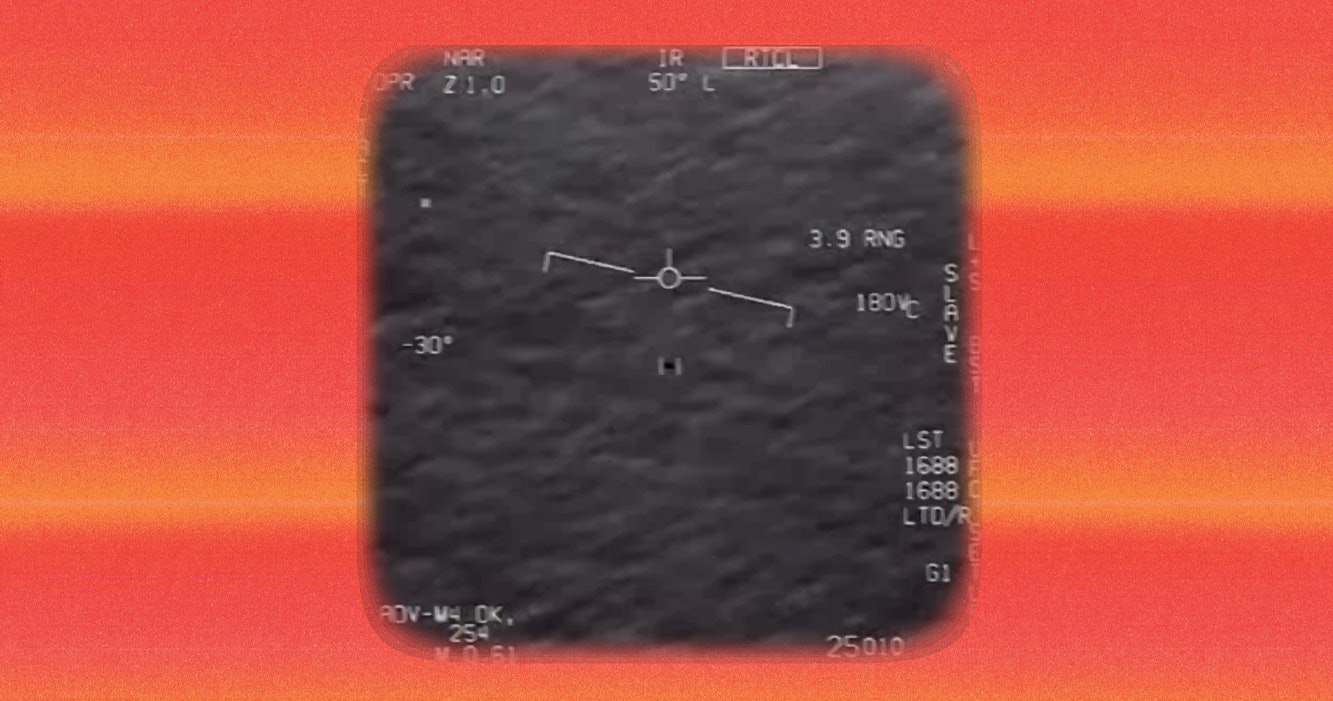
There’s nothing like a little trouble at home to make you look for greener pastures. And green or not, aliens were everywhere in 2023. Well, at least in the news.
From Unidentified Anomalous Phenomena (UAP, the classy new way to talk about UFOs) to the Search for Extraterrestrial Intelligence (SETI) and all the way to tiny molecules clinging to frozen dust grains in interstellar space, the eyes of experts and the public were looking for life elsewhere.
The biggest alien stories — at least the most popular — came from military releases of data, hinting at cover-ups (or just ill-prepared government officials). But the most important — at least by our reckoning — were those that were steeped in science, offering hints of what life might look like outside of our planet, and where to find it. If you really do want to turn over that rock, that is.
Here, ranked from 11 to 1 by their chances of introducing us to real alien life, are the top alien and UAP events of 2023 that remind us the truth really is out there.
11. NASA released a gripping report on UAPs
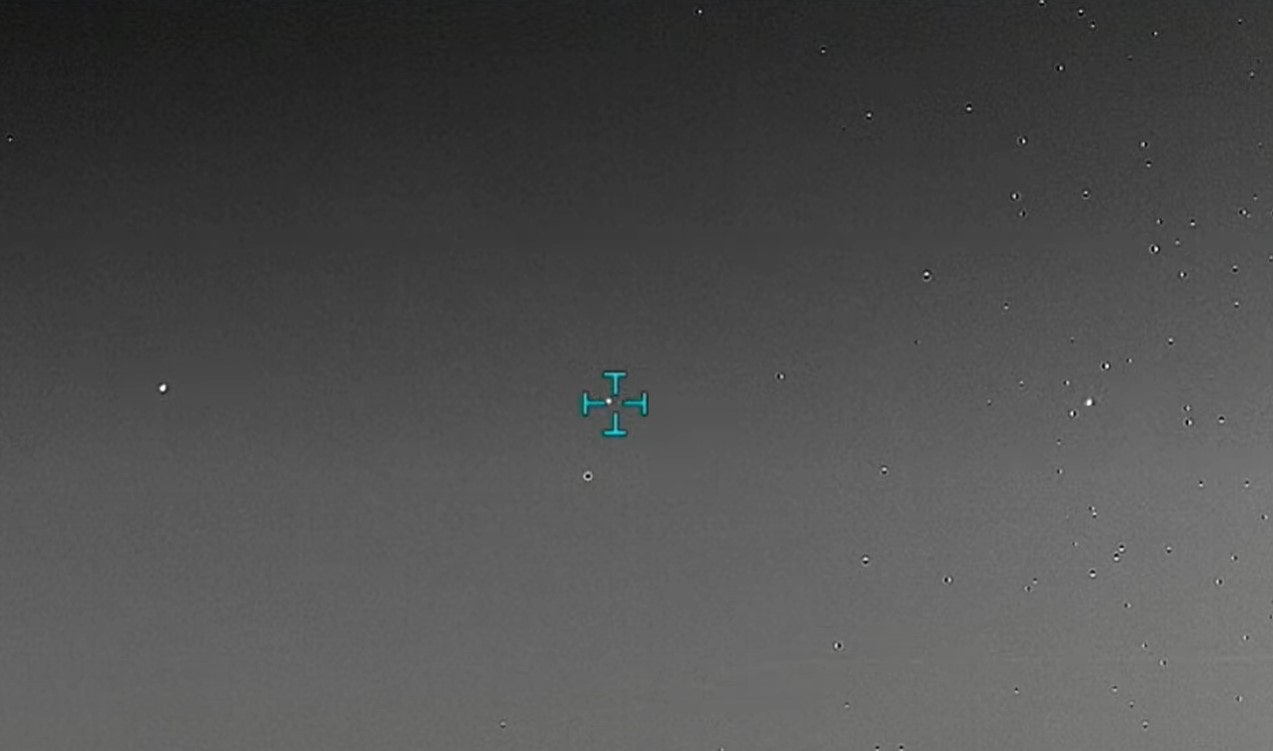
In September, ASA released its much-anticipated report on Unidentified Anomalous Phenomena, and the agency says some of the sightings — between 16 and 40 out of roughly 800 — just can’t be explained — but Inverse spoke to experts, and it turns out the problem might just be that we don't have enough information. Most UAP reports come from sensors designed to guide weapons to objects, not gather detailed data about them, so it’s easy for fairly mundane objects to look bizarre when viewed through these sensors — or so says NASA.
Meanwhile, Inverse argues that the agency still needs a dedicated UAP office to take the investigation mainstream.
10. ... and so did the Department of Defense.
The Department of Defense also published its own UAP report in January 2023, admitting that it has investigated more than 500 cases of possible UAP. Of those, more than a quarter were (of course) weather balloons; to be fair to DoD, weather stations in the U.S. alone launch 240 balloons every day. But according to a Pentagon spokesperson, “Some of these uncharacterized UAP appear to have demonstrated unusual flight characteristics or performance capabilities, and require further analysis.”
But don’t worry; experts tell Inverse that the military probably couldn’t pull off an alien cover-up. Swarms of commercial satellites, along with ubiquitous smartphones and social media — not to mention political pressure — would make it almost impossible to keep the cat in the bag for long.
“I still strongly maintain that alien visitation is not something that could be kept secret. The size of such a secret is just too big,” wrote SETI researcher Seth Shostak in a July 2023 essay for the SETI Institute.
9. The mysteries of Oumuamua were unveiled.
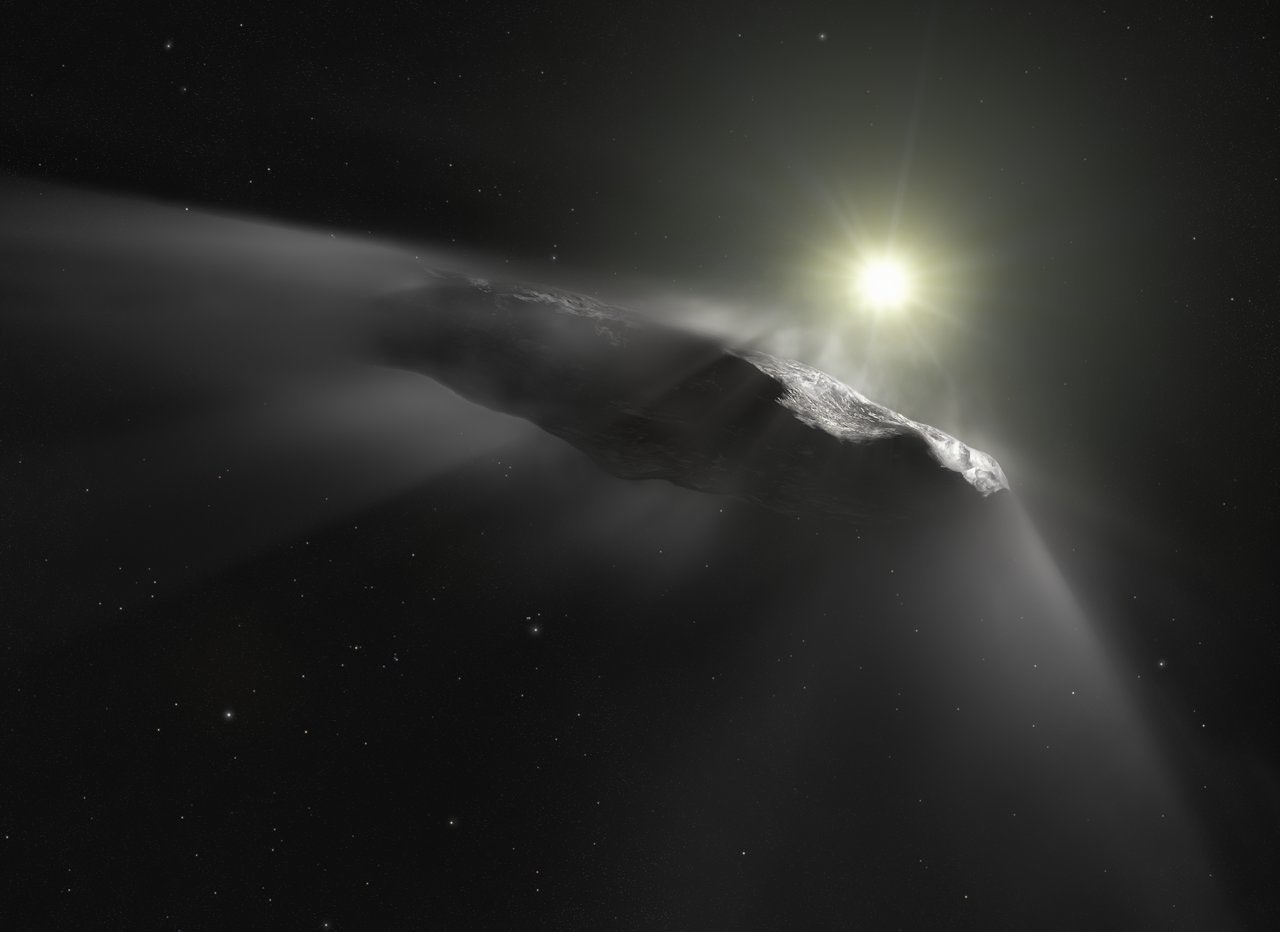
Speaking of UAP, a chunk of interstellar debris called ‘Oumuamua caused a stir when it passed through our Solar system a few years ago — and an even bigger uproar when it seemed to accelerate under its own power, without leaving a tail like a comet. This year, a study suggested a possible explanation. Spoiler alert: It’s definitely not aliens.
8. We crafted a decent idea of what alien spacecraft could look like
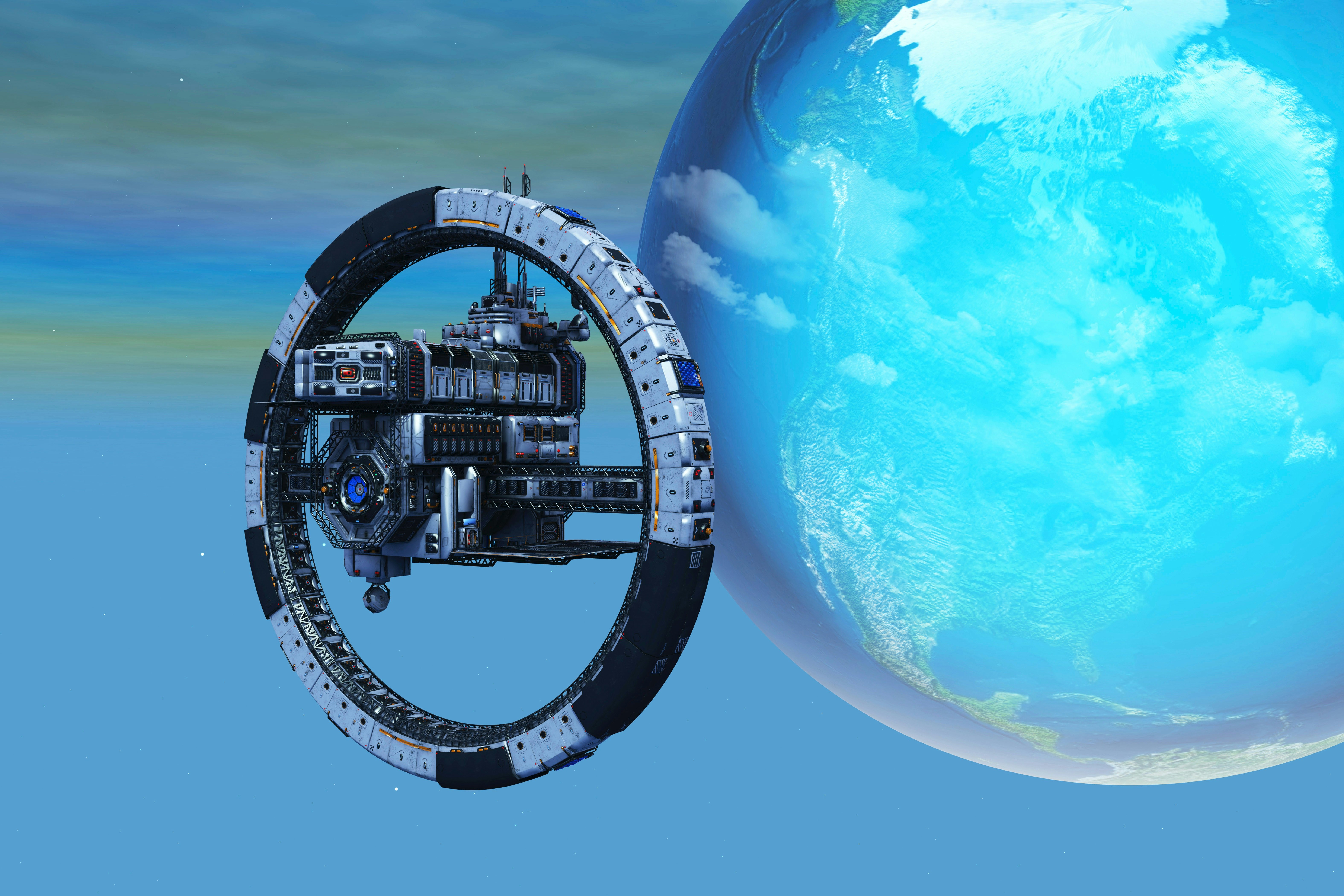
One team of SETI researchers did some math and suggested that if an alien probe ever does visit our Solar System, it’s likely to be a zippy high-tech model, not an alien version of the Voyager probes.
7. ... and also what celestial signs might point us to alien civilizations.

SETI researchers also proposed some ways we might be able to spot high-tech alien civilizations from a distance — and some really wild ways the aliens might make themselves known to the rest of the universe, such as rearranging an entire star system into a cosmic “Kilroy Was Here” sign.
Other telltale signs to look for around distant stars include giant megastructures, built to siphon off mass and prolong the life of a dying star or the gleam of starlight on sprawling alien cities. But it may be easier to just look for pollution in a distant world’s atmosphere.
6. We ruled out a whole lot of habitable planets for intelligent life
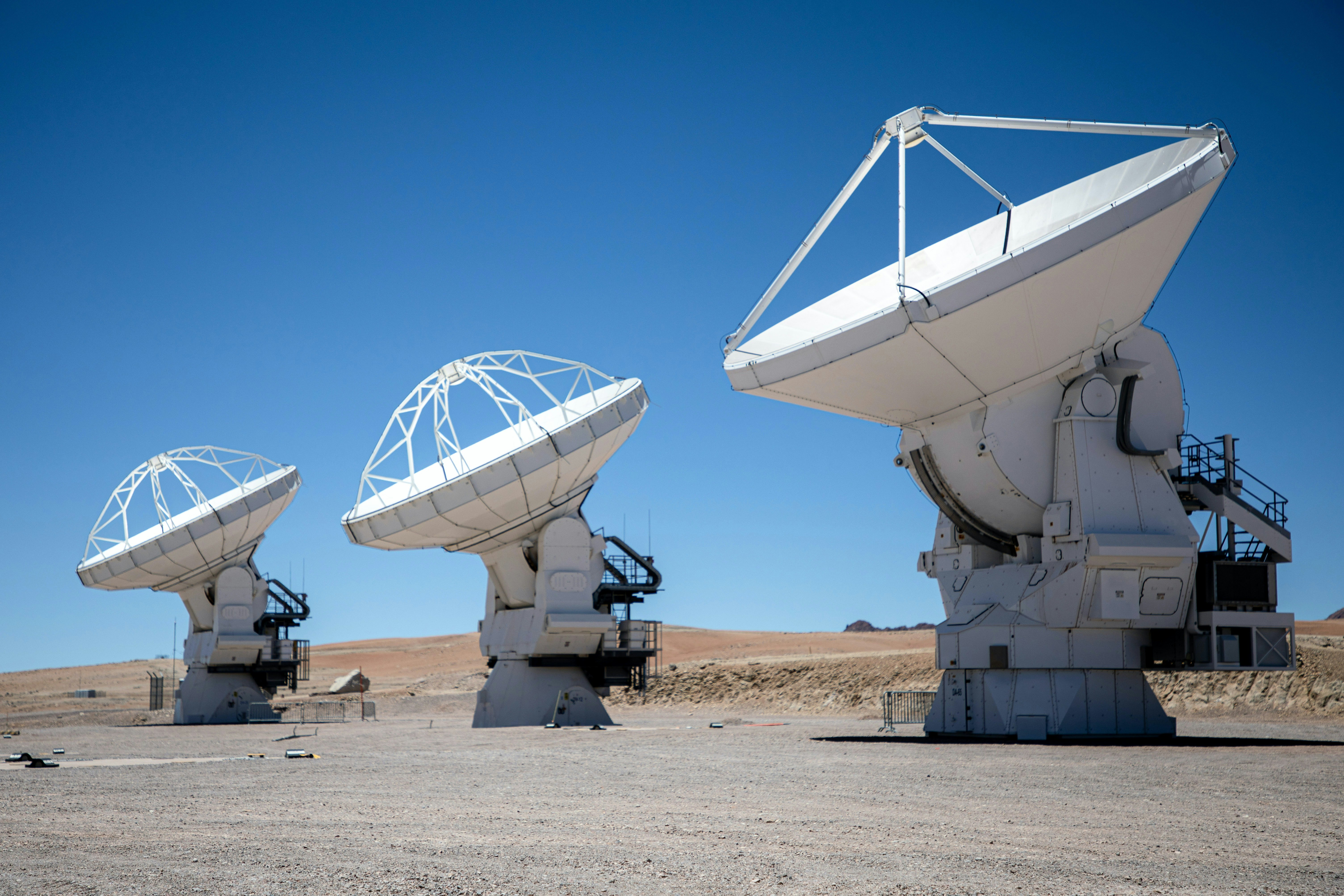
None of that advanced alien technology is likely to happen in a world without a lot of oxygen in its atmosphere, though. One study this year pointed out that unless about sixteen percent of the atmosphere is made of oxygen, you can’t start a fire. And without fire, you can’t work metals, cook food, or signal to distant alien civilizations.
5. ... and learned aliens probably won’t think too fondly of our intelligence.

If intelligent, technologically advanced aliens are out there, they may not recognize us as intelligent. That could be good news because it means they may not see us as a threat — and they may even think we need protection, according to one 2023 study. If the first aliens we contact are vastly more advanced than we are — or just very different — they may not realize we're sentient. That means they probably won't see us as a threat to galactic peace, which needs to be eliminated posthaste. But the jury's out on whether these hypothetical aliens might turn Earth into a nature preserve or treat us with callous indifference.
4. Alien life, intelligent or not, is probably quite common
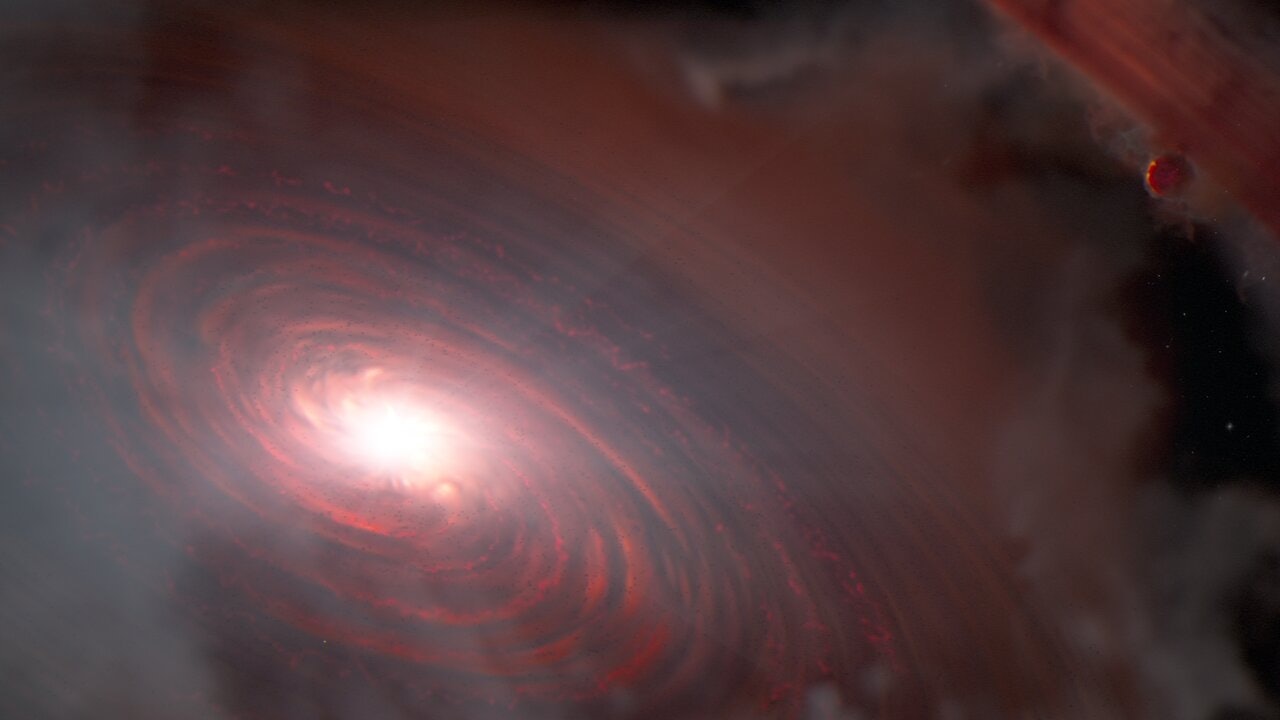
Alien encounters may be worth thinking about. It turns out that the basic ingredients for life are everywhere.
This year, astronomers found water vapor amid the rocky building blocks of a planetary system. Another team found some important chemical building blocks of organic chemistry clinging to dust grains in a cold cloud of interstellar gas. Elsewhere in the universe, astronomers found the amino acid tryptophan in one star-forming nebula, and a chemical essential for kickstarting the growth of complex organic molecules in another.
A few decades ago, we thought the chemicals involved in building cells and making them work might be rare in the universe, but now it looks like many of those ingredients could be part of the standard starter pack for new star systems. And that means life may — eventually — turn out to be more common than we ever dared to hope.
3. ... and K2-18b is a great place to look for it.
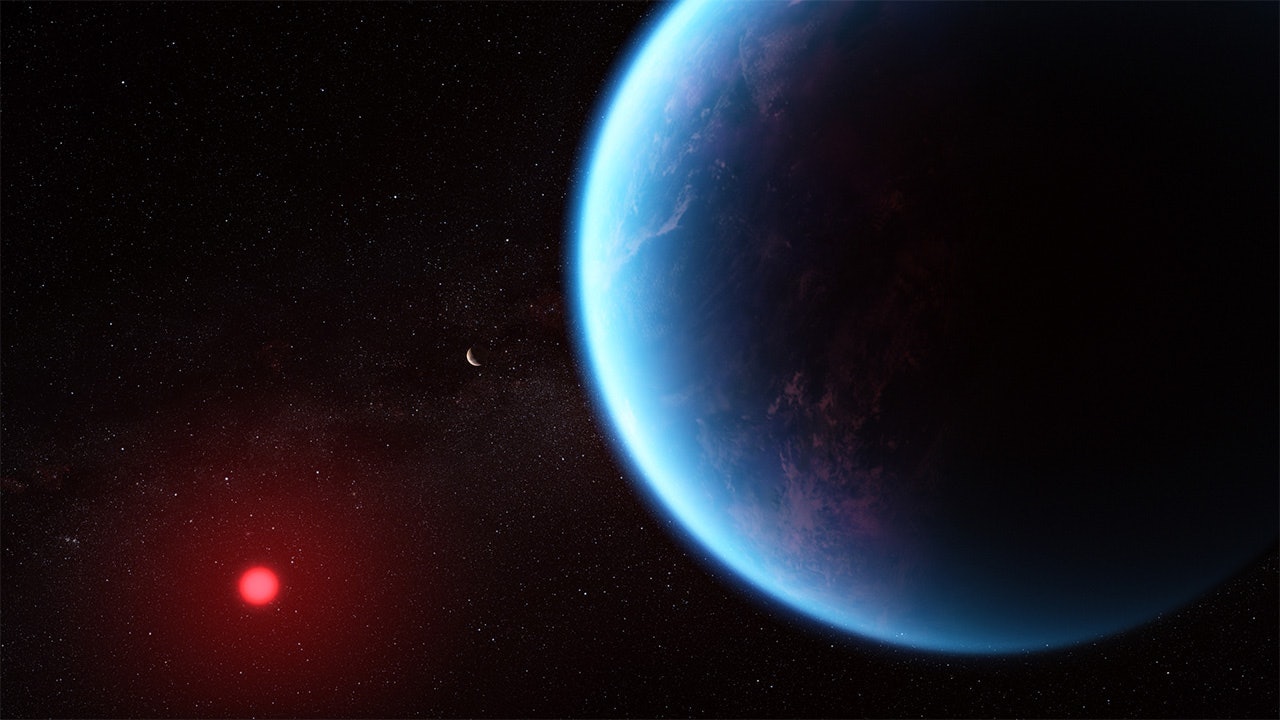
One team of astronomers says they’ve found an ocean world orbiting a distant star, called K2-18b — and its atmosphere may contain evidence of life somewhere in that alien ocean. Even the researchers who studied the planet with the James Webb Space Telescope (JWST) aren’t convinced, though. It’s going to take more data to settle the debate, but the possibility is intriguing.
2. TRAPPIST-1 offers experts hope and frustration.
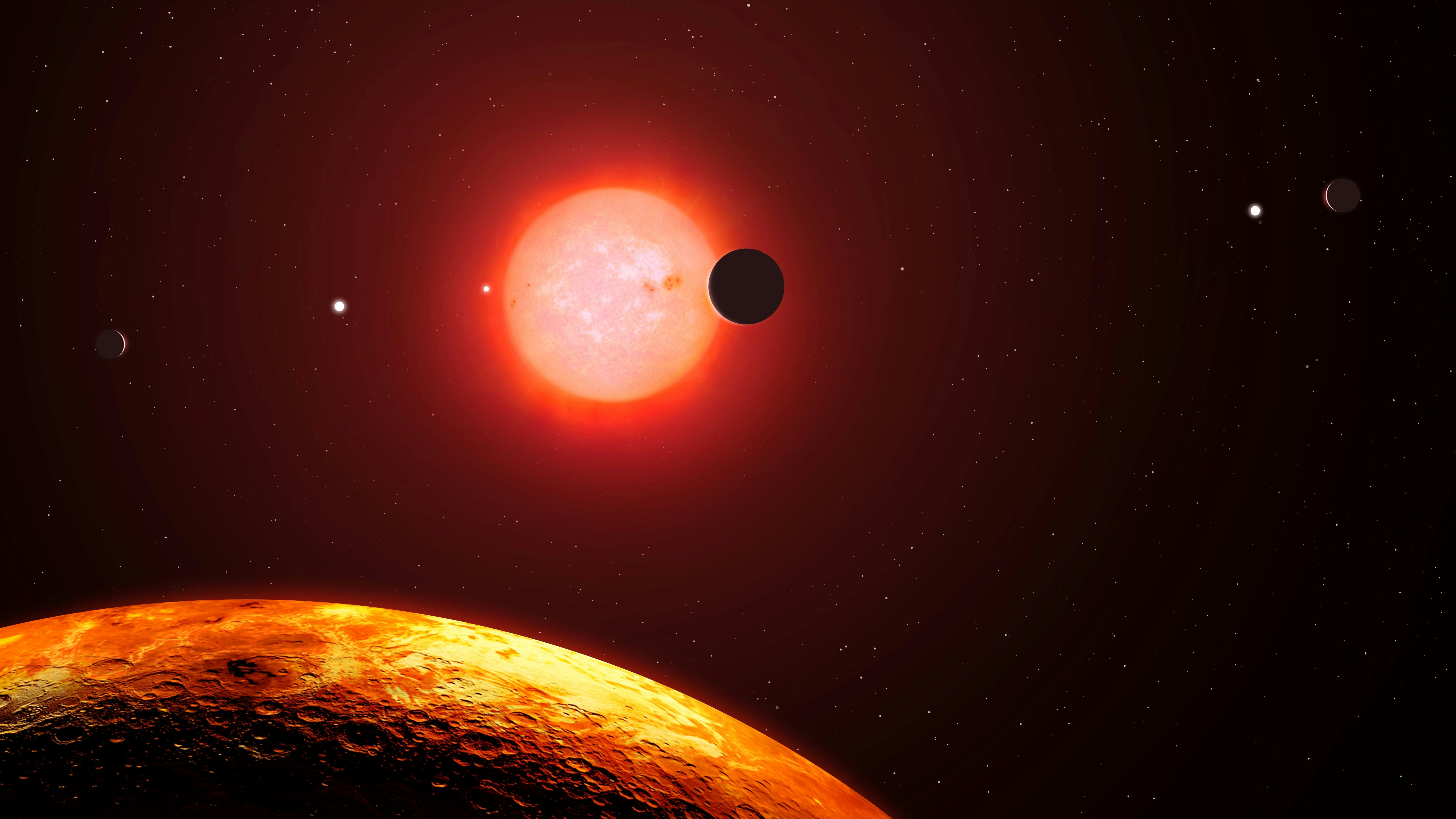
Another swirl of debate, also fueled by JWST observations, is centered on the TRAPPIST-1 system. Home to at least seven rocky planets, three of which are in the habitable zone, TRAPPIST-1 is a hotspot for hopeful astrobiologists.
Earlier this year, JWST revealed that the system’s innermost two worlds — TRAPPIST-1b and TRAPPIST-1c — look like airless rocks, although it’s possible they just have really thin atmospheres. Neither of those planets is in the habitable zone, but many astronomers took the news as a discouraging sign that the star TRAPPIST-1 might have swept away the atmospheres of all its closest planets, including the potentially habitable ones. But others say it’s too soon to give up hope.
1. But do we need to look that far? Alien life might be right here in our backyard.
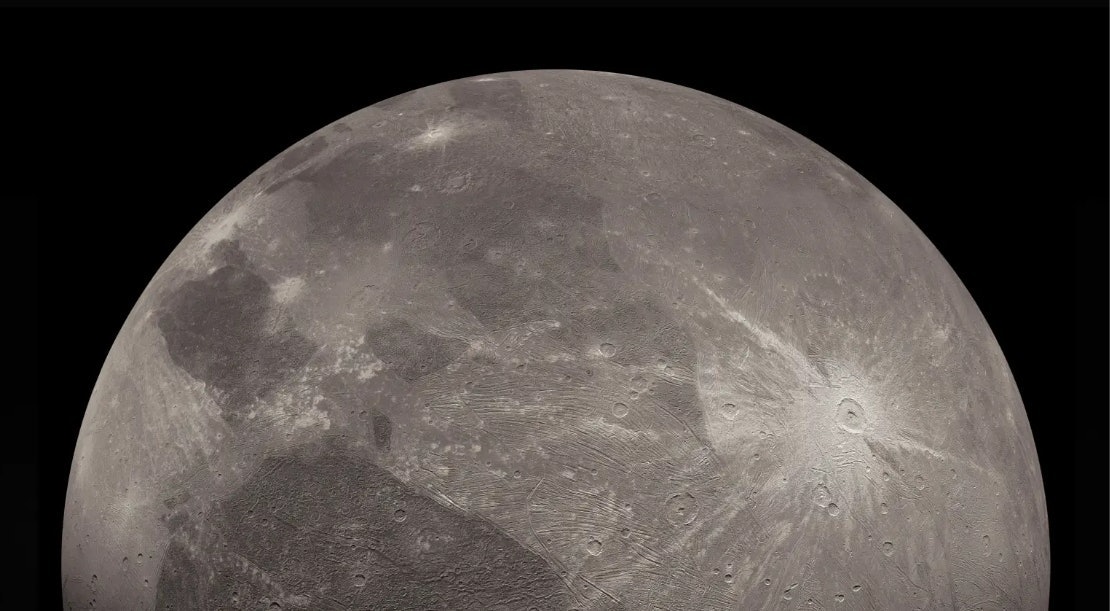
Closer to home, several studies this year show that Jupiter’s icy moons look extremely promising for alien life, or at least habitability, in a part of our Solar System that we used to consider totally uninhabitable.
NASA’s JUNO spacecraft spotted salt and organic molecules splattered across the icy surface of Jupiter’s moon Ganymede, and JWST revealed frozen carbon dioxide on the surface of Europa. Both moons are hiding vast, dark oceans beneath their thick, icy exteriors, and finding those chemicals on the surface suggests two important things: one, material from the ocean can reach the surface, where it might be easier for us to study. And two, those ice-covered alien oceans seem to have chemistry that could support life as we know it.
Meanwhile, another study suggested that every star system could host at least one Europa-like planet with an ocean hidden beneath an icy outer layer.
The truth is out there, all right — and it may be closer than we ever thought.







